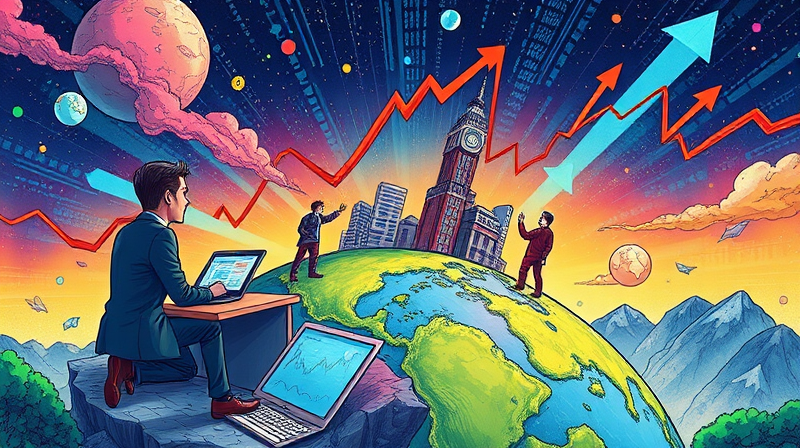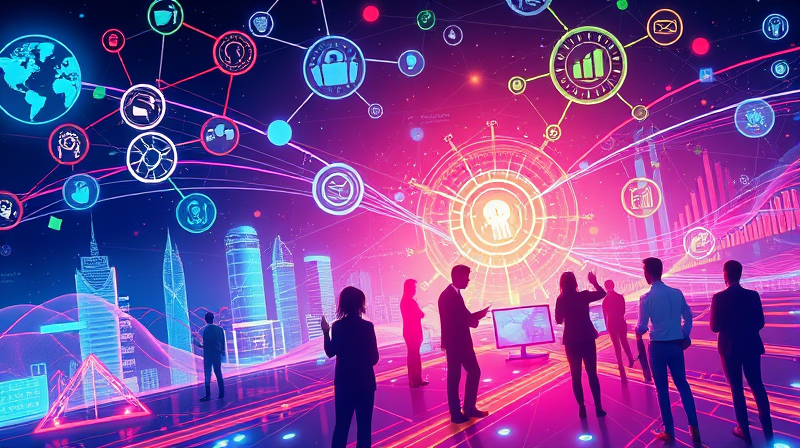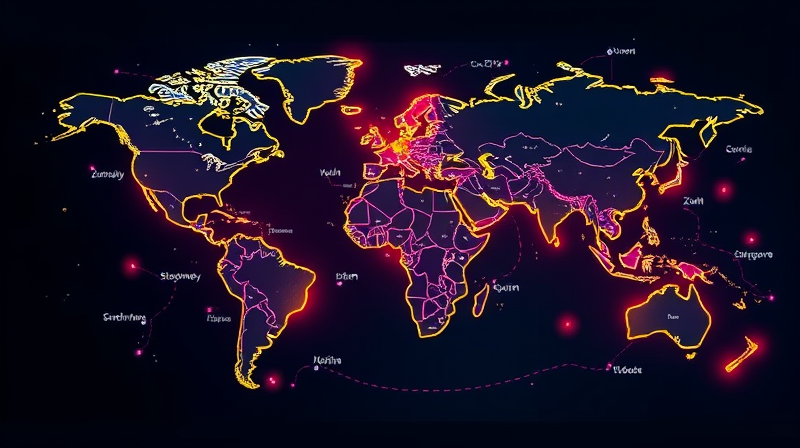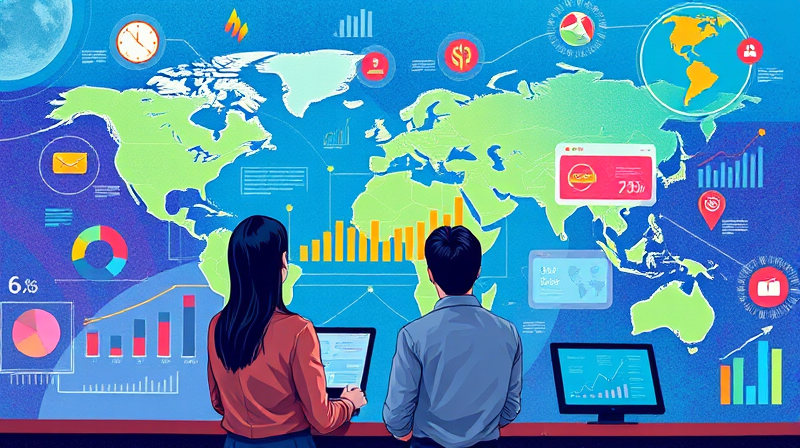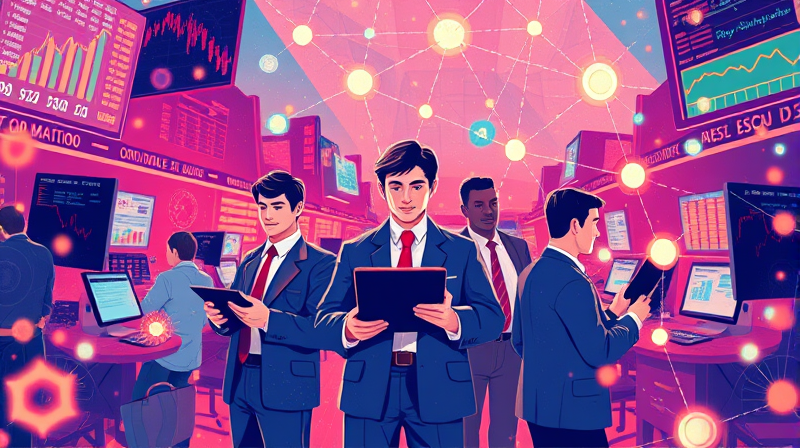
In just a decade, the gig economy has reshaped employment norms and spending habits worldwide. With platforms connecting independent workers to short engagements, millions find flexibility but face uncertainty. This article dives into the structure, scale, and future of gig work, exploring its profound implications for labor markets and consumer spending.
The term gig economy refers to a labor market characterized by short-term contracts and freelance assignments instead of permanent roles. Powered by digital platforms and mobile apps, it spans a wide range of tasks from driving passengers to consulting on technology projects. Understanding its foundation sets the stage for evaluating its broader impacts.
By 2025, an estimated 70.4 million Americans participate in gig roles. Projections suggest this will surge to 86.5 million by 2027, representing almost half the workforce. Such rapid expansion indicates that traditional full-time employment models will increasingly coexist with flexible arrangements.
The economic footprint is substantial: gig contributors generate nearly $1.3 trillion in annual income in the U.S. alone. This dwarfs some industries and highlights how independent work drives consumer demand for platforms and financial services. Globally, freelancers added over $200 billion to economies outside the U.S.
*estimated based on current growth trends
Income varies widely across sectors. Top earners, such as specialized tech consultants, command average rates of $47.71 per hour. Massage therapists in high-demand areas can earn $27.34 per hour. Meanwhile, entry-level gig participants often balance multiple roles to achieve a monthly income of $300 to $400.
Despite headline rates, only one in nine workers cite gig roles as their sole income source. Many view these assignments as supplemental revenue streams to offset static wages or unpredictable job markets.
For workers, flexibility and autonomy rank among the top benefits of gig work. They can choose assignments, set their own schedules, and pivot between industries. Such work-life balance opportunities appeal especially to younger generations seeking control over when and how they earn.
Employers benefit through cost savings on full-time salaries and benefits, allowing agile staffing during peak demand. However, gig models also introduce challenges: ensuring consistent quality, managing remote teams, and navigating labor classification laws. If informal gig engagements were fully accounted, official employment rates could be between 2.4 to 5.5 percentage points higher.
Gig workers often experience variable income, which influences how they budget and spend. While average consumer spending has risen at an annualized rate of 4.6 percent, wage growth lags slightly at 4 percent. This disparity can pressure freelancers to prioritize essentials and delay discretionary purchases when assignments ebb.
Many independent workers forgo employer-dependent benefits like health insurance or retirement plans, opting instead for flexible solutions. More than 19 percent rely on Medicare or short-term health policies, and over half use digital payment platforms such as PayPal, driving innovation in financial services tailored to irregular earnings.
One of the central controversies revolves around worker classification. Labeling individuals as contractors rather than employees shifts benefit responsibilities and legal protections. Gig workers typically lack access to health benefits, retirement plans, and unemployment insurance, sparking debates on fair compensation and safety nets.
Undercounting is another hurdle. Estimates suggest up to 7 million gig participants go untracked in standard labor surveys, skewing economic data and hampering policy decisions. Accurate measurement is vital for informed legislation that balances flexibility with adequate protections.
Looking ahead, projections indicate freelancing may encompass a majority of the U.S. workforce by 2027. Technological advances in artificial intelligence, blockchain, and enhanced platform interfaces will further streamline task matching, payment processing, and global collaboration. Participants must cultivate digital skills, build robust professional networks, and develop personal safety nets such as emergency funds or private benefit plans.
The gig economy represents both a profound opportunity for economic dynamism and a test of societal commitments to fairness. Navigating this balance will define the next era of work and consumption, where flexibility, security, and innovation must go hand in hand.
References






